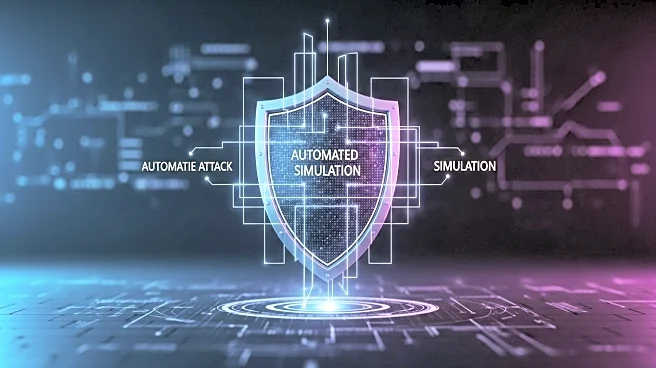What's Happening?
The Department of Health, Disability and Ageing is set to consolidate its cybersecurity operations into a single provider as part of a comprehensive uplift program. This initiative aims to unify frontline threat detection, orchestration, and rapid response, moving away from a fragmented approach to cybersecurity procurement. The department has issued a request for tender to plan, implement, operate, and continuously improve its cybersecurity environment, using the National Institute of Standards and Technology (NIST) framework as a foundation. The selected partner will manage existing tools, including Tenable-based vulnerability management, Splunk-based security information and event management (SIEM), and Microsoft Defender. Additionally, the department seeks to enhance threat awareness through security use cases informed by frameworks such as MITRE ATT&CK and MaGMa, integrated with cyber intelligence sharing feeds.
Why It's Important?
This strategic move by the Department of Health underscores the growing importance of robust cybersecurity measures in safeguarding sensitive health data. By centralizing operations, the department aims to streamline processes, improve threat detection, and enhance response capabilities. This initiative is crucial in the face of increasing cyber threats targeting healthcare systems, which can lead to data breaches and compromise patient privacy. The consolidation is expected to improve efficiency and reduce costs associated with managing multiple cybersecurity vendors. It also highlights the department's commitment to adopting advanced cybersecurity frameworks and technologies to protect its digital infrastructure.
What's Next?
The Department of Health will proceed with evaluating tenders and selecting a partner to implement the centralized cybersecurity model. This process will involve assessing the capabilities of potential providers to ensure they meet the department's requirements for security operations, automation, and incident response. Once a partner is selected, the department will begin the transition to the new model, which may involve training staff and integrating existing systems with new technologies. Stakeholders, including healthcare providers and patients, will be keenly observing the implementation to ensure it enhances security without disrupting services.
Beyond the Headlines
The move towards a centralized cybersecurity model may set a precedent for other government departments and agencies, encouraging them to adopt similar strategies to enhance their cybersecurity posture. This shift could lead to broader changes in how public sector organizations approach cybersecurity, emphasizing the importance of integrated systems and shared intelligence. Additionally, the focus on frameworks like MITRE ATT&CK and MaGMa reflects a growing trend towards using standardized methodologies to improve threat detection and response.











